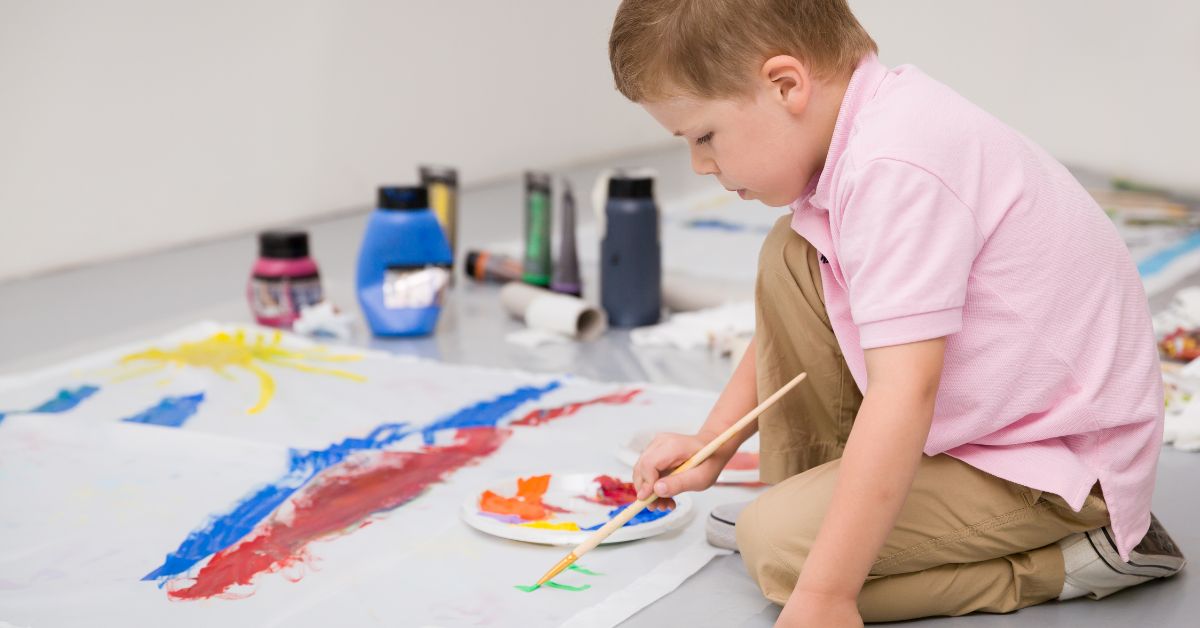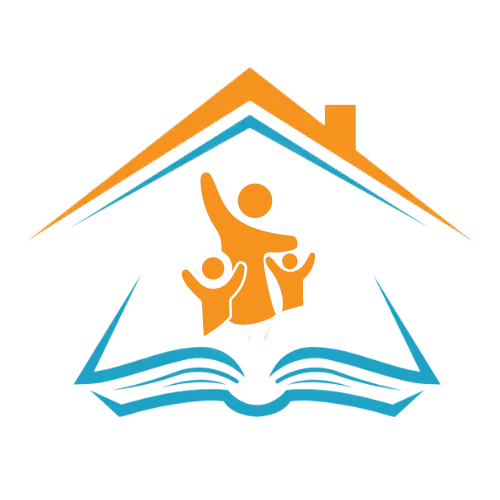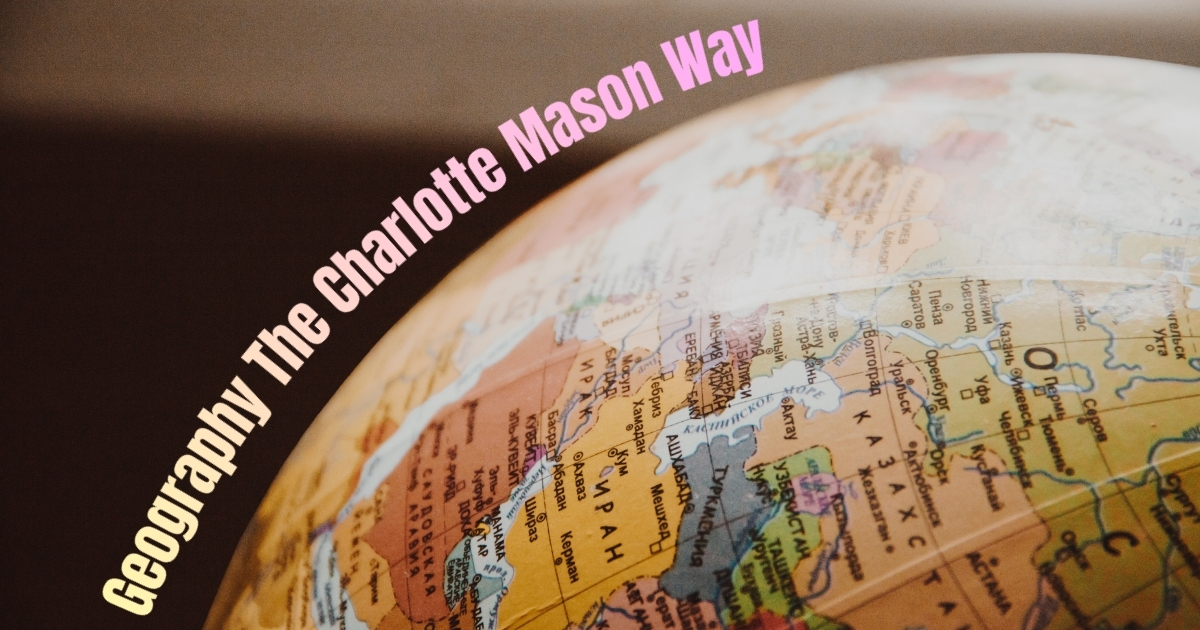Are you ready to trade in your textbooks for a trip to the Amazon, a trek through the Andes, and a taste of vibrant cultures, all from the comfort of your homeschool classroom? A journey to South America might be just what your lesson plan needs! This continent is a treasure trove of incredible biodiversity, ancient history, and rich traditions. We’ve packed this guide with fun and educational South America unit study ideas to help you build a memorable and engaging experience for your kids.
Let’s dive in and explore the wonders of this amazing continent together.
Bringing Geography To Life
Forget staring at a flat map. Let’s make the geography of South America a hands-on adventure! This continent is home to the world’s largest rainforest, longest mountain range, and driest desert. These extremes offer a fantastic opportunity to teach geography in a way that truly sticks. Instead of just memorizing country names and capitals, you can explore the physical landscapes that have shaped the continent’s history and culture.
A great starting point is creating a large, interactive map. You can use a big sheet of poster board or butcher paper. As you learn about different geographical features, add them to your map. Use blue yarn for rivers like the Amazon, crumpled brown paper for the Andes Mountains, and green paint for the vast rainforest. This tactile approach helps children visualize the scale and diversity of the continent. You can even add little flags for each country as you “visit” them in your studies.
Here are some activities to make geography exciting:
- Salt Dough Map: This is a classic for a reason! Mix up a batch of salt dough (2 cups flour, 1 cup salt, 1 cup water) and let your kids sculpt the continent of South America. They can form the Andes mountains, carve out the Amazon River basin, and paint the finished, dried map. It’s a messy, creative way to learn topography.
- Landform and Biome Exploration: Focus on one key feature each day or week.
- The Amazon Rainforest: Watch documentaries about its incredible biodiversity. Create a diorama in a shoebox showcasing different layers of the rainforest (forest floor, understory, canopy, emergent layer) and the animals that live in each.
- The Andes Mountains: Learn about mountain formation and study the unique animals that live at high altitudes, like llamas and alpacas. You could even build a model volcano to represent the many active volcanoes in the range.
- The Atacama Desert: Discuss how plants and animals adapt to one of the driest places on Earth. Compare it to the wet environment of the rainforest.
- The Galápagos Islands: This is a perfect tie-in for a science lesson on Charles Darwin and the theory of evolution. Each child can choose an animal from the islands to research and present on.
- Country Deep Dive: Assign each child (or work together on) a different South American country. Have them create a “travel brochure” that highlights its capital city, major landmarks, official language, and a fun fact.

Awesome South America Unit Study Ideas: History & Culture
South America’s history is a compelling story of ancient empires, European exploration, and struggles for independence. These historical narratives are deeply intertwined with the continent’s vibrant cultural tapestry, which is a blend of Indigenous, European, and African influences. This section is all about creating meaningful cultural studies for kids, moving beyond stereotypes to foster genuine appreciation and understanding.
Start with the great civilizations that existed long before Columbus arrived. The Inca Empire is a fantastic topic, with its impressive city of Machu Picchu, intricate road systems, and unique quipu counting system. You can explore Incan mythology, build a model of their famous rope bridges, or even try weaving activities inspired by their textiles. Don’t forget other important cultures like the Nazca, famous for their giant geoglyphs in the desert, or the Muisca, whose connection to gold fueled the legend of El Dorado.
From there, you can transition into the age of exploration and colonization, discussing figures like Francisco Pizarro and the impact of Spanish and Portuguese rule. This is a great opportunity to have thoughtful conversations about colonization and its lasting effects on the continent’s people and languages. Finally, you can cover the wars for independence led by visionaries like Simón Bolívar and José de San Martín, which shaped the modern nations of South America.
Here are some ways to immerse your kids in the culture:
- Art & Music:
- Listen to the Music: Create a playlist featuring different South American genres. Try the tango from Argentina, the samba from Brazil, and traditional Andean flute music. You can even find tutorials for basic samba or salsa steps online for a fun P.E. lesson!
- Explore Folk Art: Look at pictures of arpilleras from Chile, which are brightly colored fabric pictures depicting daily life. Your kids can create their own versions using felt and fabric scraps to tell a story.
- Food, Glorious Food!:
- Cook Together: Cooking is a delicious way to experience culture. Try making arepas from Venezuela, brigadeiros (chocolate truffles) from Brazil, or a simple batch of empanadas. You can find many kid-friendly recipes online.
- “Taste Test” Day: Visit an international market to find fruits native to South America, like passion fruit, guava, or cherimoya.
- Festivals and Celebrations:
- Carnival: Research the world-famous Carnival celebration in Rio de Janeiro, Brazil. Look at the colorful costumes and floats, and have your kids design their own Carnival masks using feathers, glitter, and craft jewels.
- Inti Raymi: Learn about the Inca Festival of the Sun, which is still celebrated in Peru. This connects your history and cultural lessons beautifully.
Science, Literature, And Math Connections
A great unit study connects to multiple subjects, and a South America theme is perfect for this. The continent’s unique ecosystems and history provide rich material for science, literature, and even math lessons. This interdisciplinary approach helps children see how subjects are connected in the real world, making learning more relevant and engaging. By weaving these threads together, you create a holistic educational experience rather than a series of disconnected facts.
For science, the Amazon rainforest is an obvious and exciting focus. You can study the water cycle and the rainforest’s role as the “lungs of the planet.” Explore the concepts of camouflage by looking at animals like sloths and poison dart frogs. The Galápagos Islands offer a living laboratory for lessons on adaptation and evolution. You could create a chart comparing the different finches Darwin observed and discuss how their beaks were adapted for different food sources.
Literature opens a window into the soul of a place. You can find many folktales and myths from different South American Indigenous groups. Reading these stories is a wonderful way to understand cultural values and beliefs. For older students, you might introduce them to excerpts from famous authors like Gabriel García Márquez or Pablo Neruda. Picture books are perfect for younger learners; “The Great Kapok Tree” by Lynne Cherry is a wonderful choice for an Amazon unit, while “Love and Roast Chicken” by Barbara Knutson is a fun Peruvian folktale.
Even math can be part of your South American adventure! You can use real-world scenarios for word problems. For example, calculate the distance between major cities, convert currencies, or figure out the time difference between your home and various South American capitals. For a history tie-in, you can study the Incan quipu, a fascinating system of knotted cords used for record-keeping. Your kids could try creating their own simple quipus to record numbers, like how many pets they have or the number of books they’ve read.
Find More Homeschool Inspiration Here!
Your South American unit study can be as simple or as elaborate as you want it to be. The most important thing is to have fun and spark your child’s curiosity about the world. Let their questions guide your lessons, and don’t be afraid to go down a rabbit hole researching an interesting animal or a fascinating piece of history. These are the moments where real, lasting learning happens.
We hope these ideas give you a great starting point for your adventure. Remember, every unit study is a chance to create memories while you learn together. For more tips on homeschooling, creative lesson plans, and resources to make your journey easier and more joyful, keep exploring our blog. We’re here to support you every step of the way.



